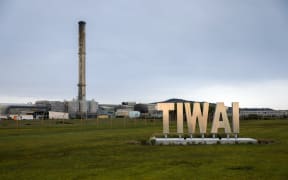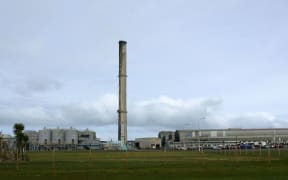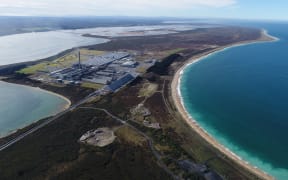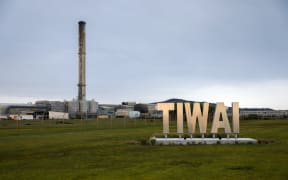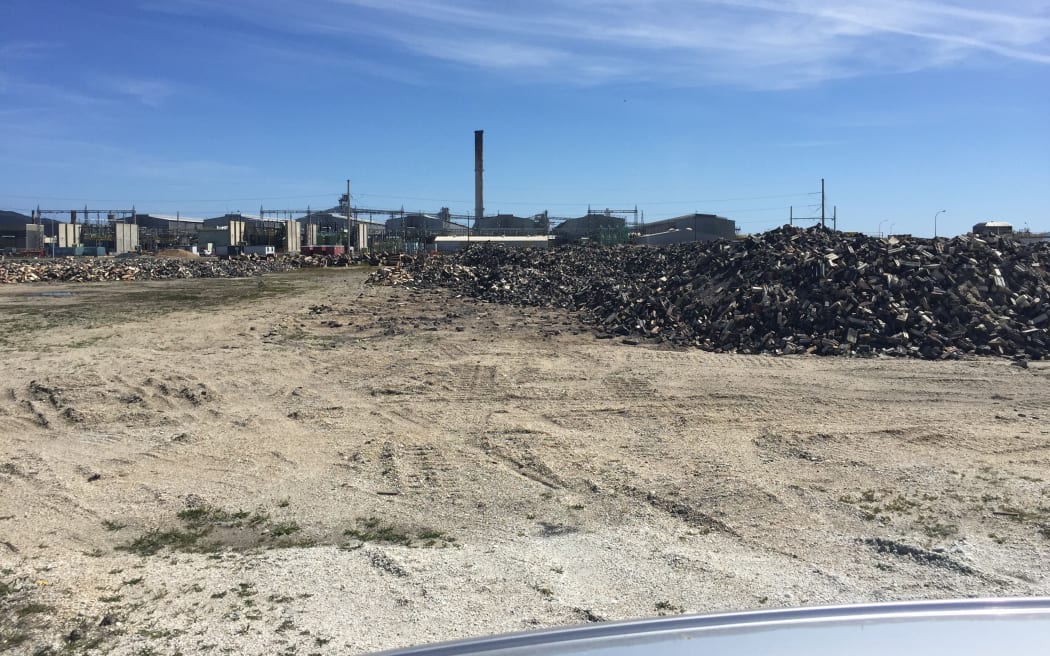
A new report has found widespread contamination around the site. Photo: Supplied
An environment watchdog is promising a tighter rein on consents around ongoing pollution from the country's only aluminium smelter at Tiwai Point, as they say costs for the clean up may hit $1 billion.
This follows a new report that's found widespread ongoing contamination at the site near Bluff - as well as large blind spots around the impacts of that, after 50 years of operation, and despite eight existing discharge consents meant to guard the sensitive surrounding coastal environment.
The report for Environment Southland faults an earlier study the company commissioned, for making "no effort" to identify fish, shellfish or other species that might be at risk from contaminated stormwater pouring out of drains into the inner harbour.
Data gaps in that earlier study were numerous, the new one said.
The regional council's chief executive Wilma Falconer also put a new, higher figure on the clean-up costs to the New Zealand Aluminium Smelters company.
"They were talking something in the vicinity of $700 million, [in May] and I think that between that and potentially a billion dollars to clean that site up, is a reasonable estimate."
This is almost three times more than smelter majority owner Rio Tinto previously made provision for.
Falconer told a webinar the smelter's existing consents were "a product of their time" and don't cover the site as a whole.
Any new regulatory regime would be "much more sophisticated", she said.
The smelter wants to keep operating, a reversal of earlier threats to up stakes the year after next.
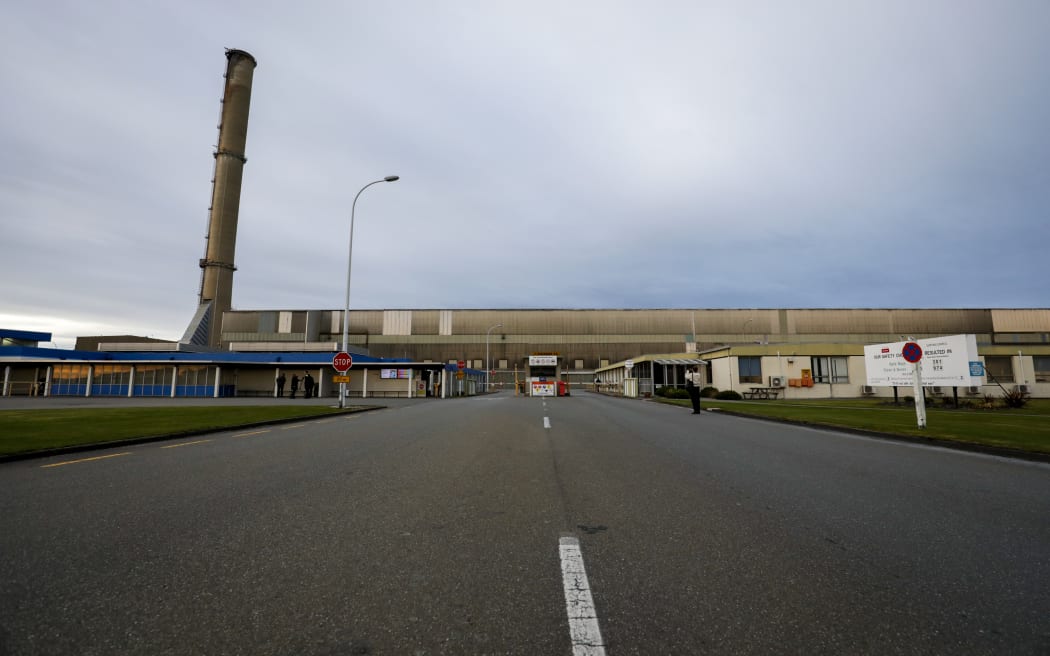
Costs for cleaning up the site are rising. Photo: RNZ / Nate McKinnon
'Conspicuous by their absence'
An author of the new report for the council, Simon Hunt of EHS Support which assesses smelters globally, said the earlier company study was not the detailed site investigation it purported to be.
"Whilst it's comprehensive in terms of its size, and probably the cost, obviously it's an initial study and obviously there are some contaminants that to us were conspicuous by their absence."
The study outlines "several crucial data gaps" - for instance on cancer-causing polycyclic aromatic hydrocarbons, and cyanide, that in the 1990s leaked into Foveaux Strait from a huge covered pile of toxic spent cell liner waste next to the beach.
"We were surprised to see quite high levels of fluoride just in the surface soils in parts of the site, which suggests that cerrtain types of waste have just been laid down on those soils," Hunt told the webinar.
"There's a significant amount of groundwater contamination sitting under the site from fluorides, these polycyclic aromatic hydrocarbons ... and obviously aluminium. And those are all key contaminants."
The smelter company said waste was poorly handled in the past but it had improved and it was now drilling about 50 new monitoring wells.
Even so, the council said it would need up to a year of further monitoring and analysis to get a handle on the extent of the impacts.
It is now asking the smelter to get together a plan to manage waste streams by next month.
It is also for the first time beginning independent monitoring of the inner harbour, into which all three major smelter drains empty.
